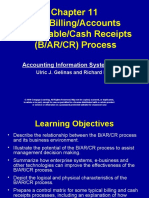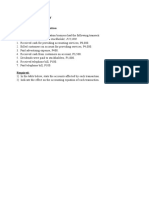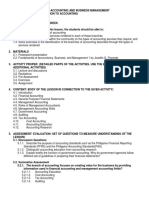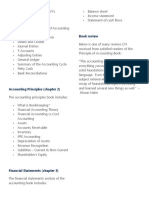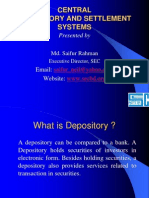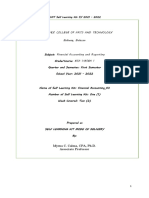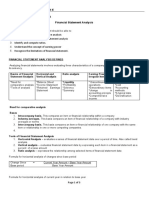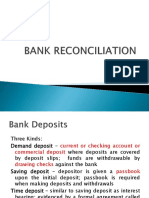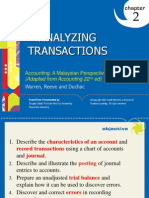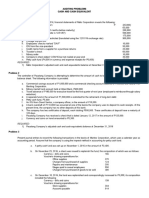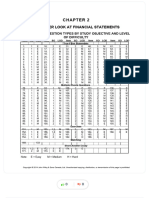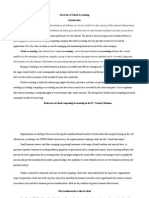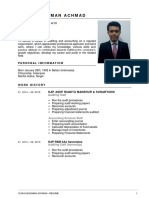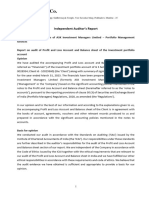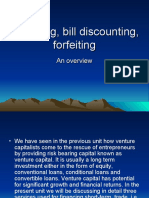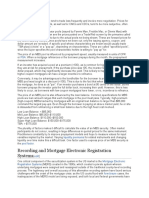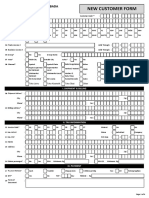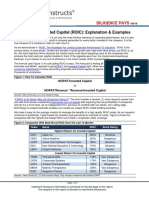0% found this document useful (0 votes)
226 views10 pagesChapter 3 - The Payment System
The document discusses the evolution of payment systems from commodity money like gold coins to modern fiat currency and electronic payments. It covers the transition from gold and silver coins to paper money issued by central banks, the importance of checks, and new technologies like debit cards, ATMs, automated clearing house transfers, mobile payments using apps, and digital currencies like bitcoin and e-money systems like PayPal. The desirable outcomes of an effective payment system are identified as security, efficiency, speed, smooth international transactions, and collaboration among participants.
Uploaded by
John Mark LopezCopyright
© © All Rights Reserved
We take content rights seriously. If you suspect this is your content, claim it here.
Available Formats
Download as PDF, TXT or read online on Scribd
0% found this document useful (0 votes)
226 views10 pagesChapter 3 - The Payment System
The document discusses the evolution of payment systems from commodity money like gold coins to modern fiat currency and electronic payments. It covers the transition from gold and silver coins to paper money issued by central banks, the importance of checks, and new technologies like debit cards, ATMs, automated clearing house transfers, mobile payments using apps, and digital currencies like bitcoin and e-money systems like PayPal. The desirable outcomes of an effective payment system are identified as security, efficiency, speed, smooth international transactions, and collaboration among participants.
Uploaded by
John Mark LopezCopyright
© © All Rights Reserved
We take content rights seriously. If you suspect this is your content, claim it here.
Available Formats
Download as PDF, TXT or read online on Scribd
/ 10


